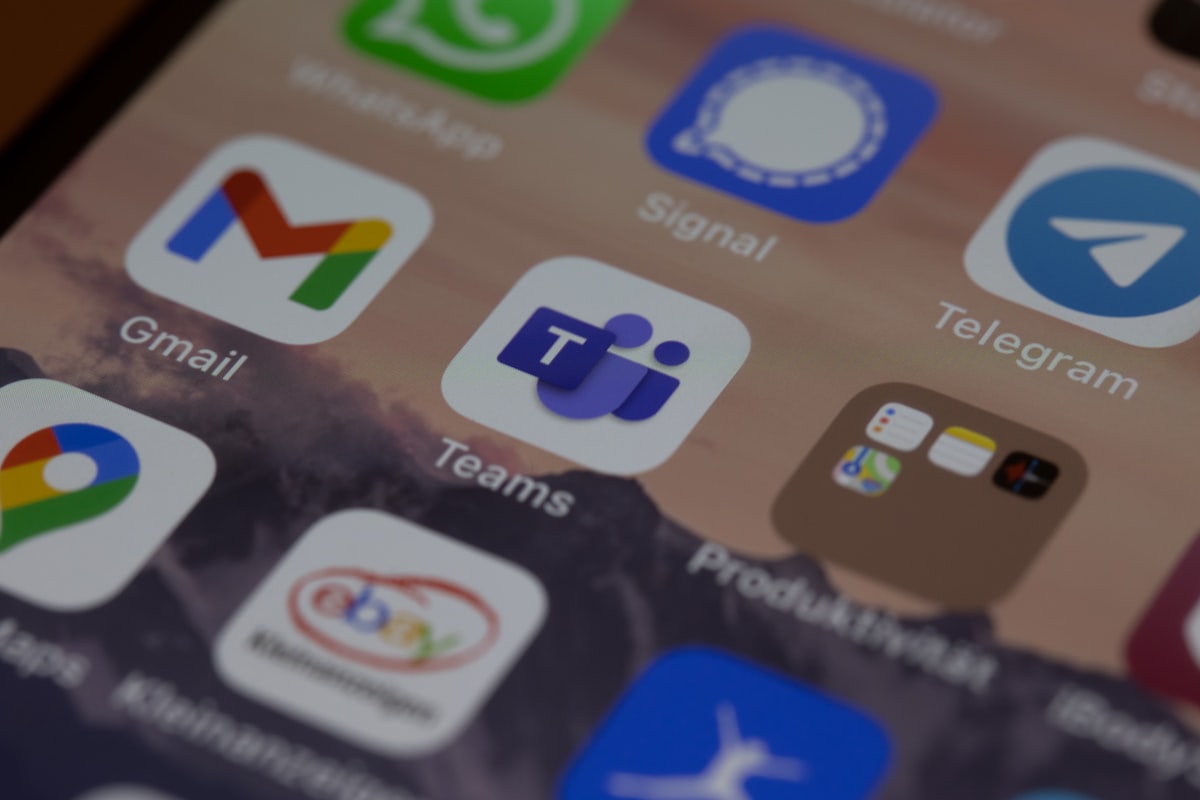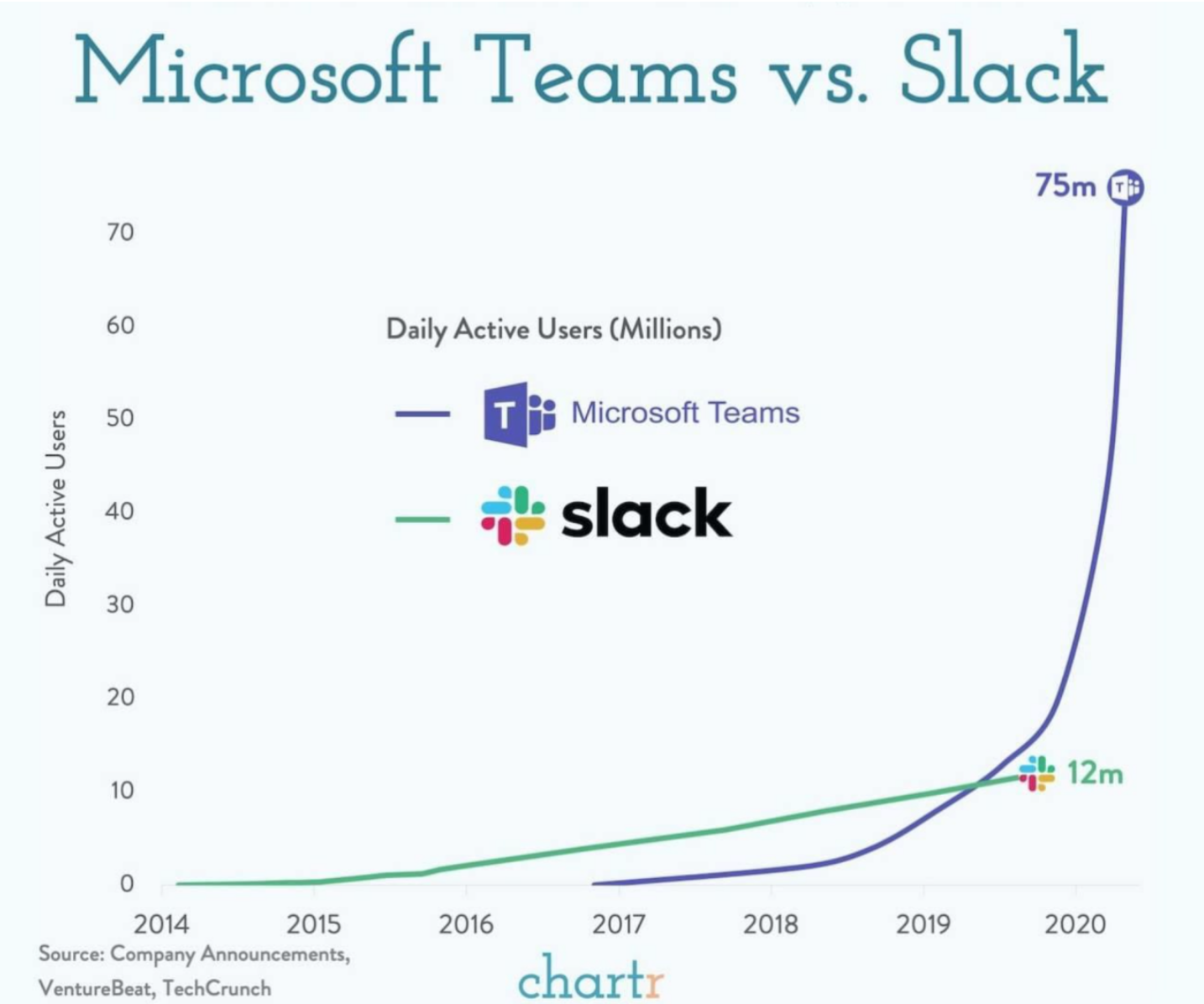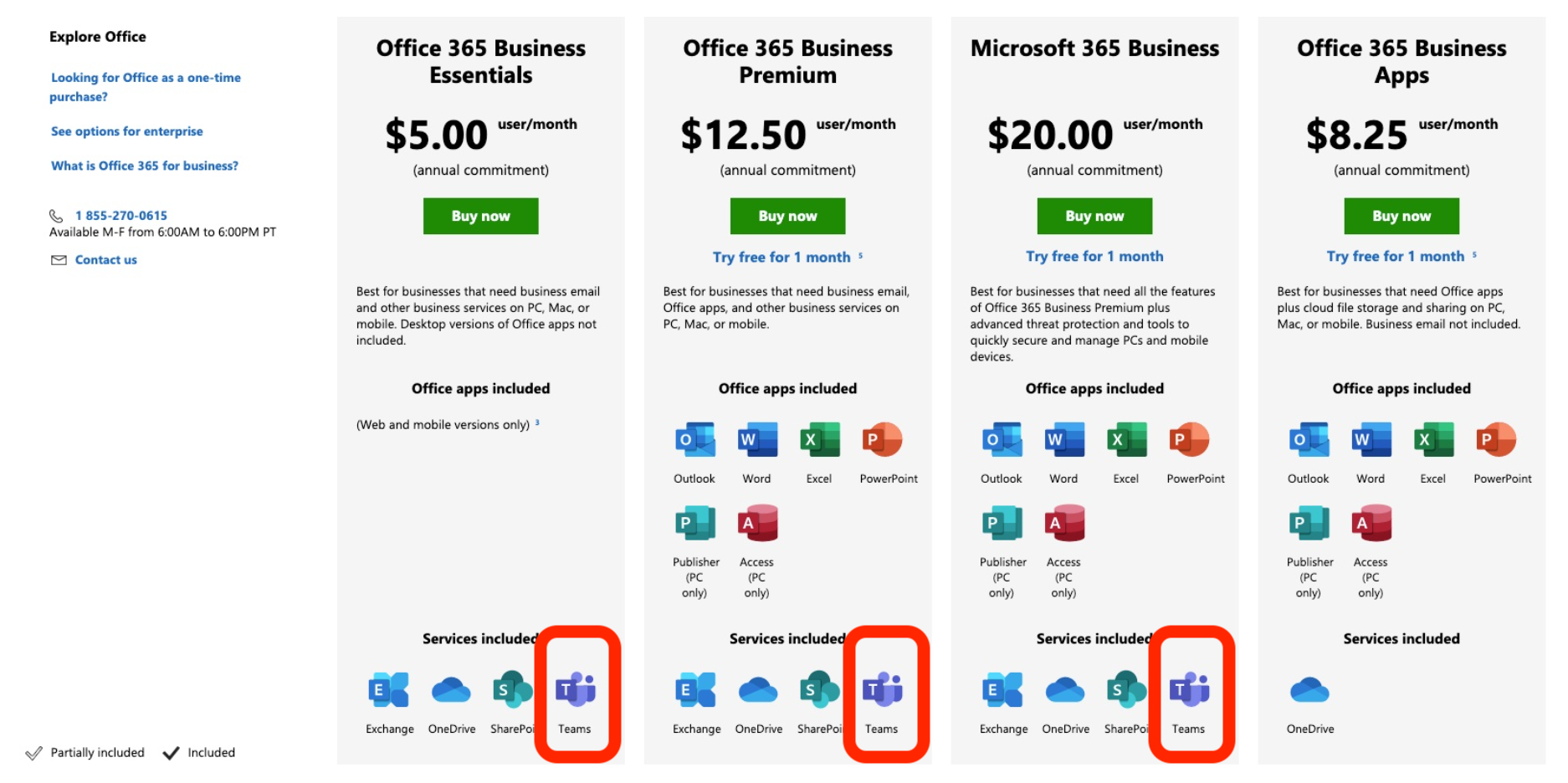And in the end, the network effect wins...

When we mistakenly think that products and features are center-stage for winning the market over, it's worth remembering what happened to Slack and why network effects are such game-breakers in business.
Slack is a SaaS team collaboration software that was launched in 2013 and managed to recruit a million customers in less than two years, and grew steadily from there to a remarkable 12 million in 2020, a year after going public at $19.5 billion valuation. In 2021, Slack was eventually acquired by Salesforce. All in all, quite a trailblazer.
The only hiccup was Microsoft.
The Redmond giant entered the team collaboration game in turn in 2017. At the time, Slack PR tried to pull a "Dear Microsoft" on them, lecturing them on how features were oh so important, and the love of the customers, etc.:
So welcome, Microsoft, to the revolution. We’re glad you’re going to be helping us define this new product category. We admire many of your achievements and know you’ll be a worthy competitor. We’re sure you’re going to come up with a couple of new ideas on your own too. And we’ll be right there, ready. - Slack, 2016
This didn't age well. By the end of 2020, Microsoft Teams (an admittedly vastly inferior product) got 115 million customers. More than 10x Slack's market share at the time.

Microsoft never competed with Slack on a price or feature-to-feature basis; they competed as a platform business vs. a regular software company.
Teams, just like Office, is just a feature of the Microsoft platform centered around One Drive (their poor-to-average cloud storage solution) and powered by Azure (their tremendously powerful cloud backbone infrastructure).

Businesses are not using Teams exponentially more than Slack because it's a far superior software but because they depend on Word, Excel, PowerPoint, Outlook, SharePoint, and OneDrive. Teams doesn't have to be better than Slack, it just has not to suck too much so that Office 365 customers aren't pressured to deal with the huge switching cost or transferring all their day-to-day business interactions to another platform.
It might still be difficult to wrap our head around the implications. But each of these interactions is contributing to the global Microsoft network effects. Having to communicate an Excel price list to a supplier or a customer creates an opportunity to onboard on Teams as well. The promise is to remove a little bit of friction several times a week (a day?) per employee on both sides of the firewall, which ends up in a massive exponential incentive.
Slack? It's just a very good product.



